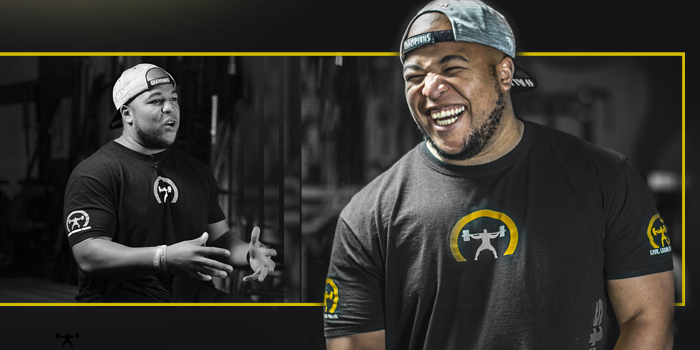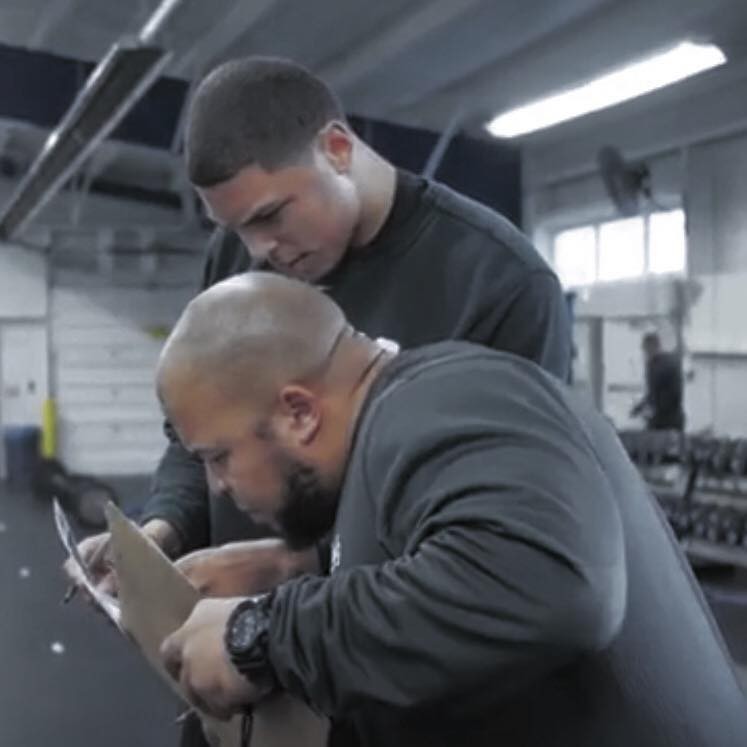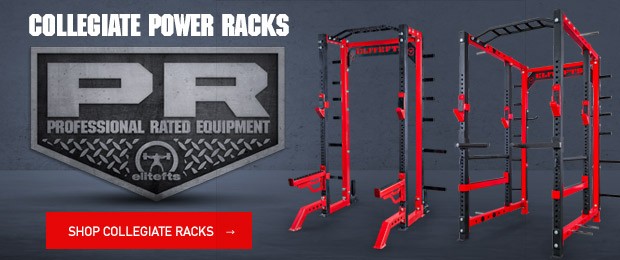
Everyone wants to know the most effective way to train. We all search for that magic equation that’s going to separate us from our competitors. We sit there and plan and plot for days, going over every single detail of the program making sure we have it all. Did we get enough glute work? Did we program enough hamstring work? What about forearm? Perhaps we need more pinky involvement?
While some of us spend countless hours programming, some of us spend about a day or two. While some of us do Olympic style, some of us do strongman or powerlifting style training. But at the end of the day, whatever and however we do it, I would that say most of us have found success with what we do. Otherwise, we wouldn’t have jobs right now (or maybe our terrible methods just haven’t been discovered yet).
So then let me ask this question: if we all do different stuff but those different things work, what are the common denominators that make all those different programs work? Well, friend, let me guide you to the answers you seek.
RECENT: The Real State of The Industry — 3 Imperfections of S&C
Everything is right there in front of you. The “secret ingredient” is the intensity and mentality with which your athletes approach training. Every single rep and effort in the weight room has to be taken with a true killer mentality. Now, this is not to say I’m advocating a HIT training method where your athletes are burning out the concentric and then doing forced negatives. What I’m saying is that, when your athletes walk into the room, they know it’s time to get the job done. They don’t take training lightly. Even on your lower intensive days, your athletes must have the mindset that there is a job that needs to be done. Focus cannot waiver and the standard has to be the same.
As I stated before, even on the less intensive days (i.e. tempo runs or recovery circuits) athletes need to understand that there is a job to do. Mindset is everything. Piggy backing off mindset, think of some of the best strength coaches you know and I’m willing to bet my next paycheck they are great motivators. In order to get the most out of your athletes, you have to be able to master the next part of this two-part equation of success: knowing your athletes. Knowing your athletes is the most underrated, pivotal trick of the trade that no one talks about.
Let’s just start at the most simple part of knowing your athlete: knowing their names. Have you ever tried to coach someone when you didn’t know his or her name? It is almost impossible. But once you do get to know the names of your athletes, training them becomes ten times easier. One of those reasons is because it shows you care enough to take the time to get to know their names. Showing that you care builds up respect among the troops.
MORE: What Are You Trying to Build?
Now let’s take it a step further. You know everyone’s names, but how much easier is it to coach an athlete that you know on a personal level compared to an athlete you know nothing about? The athlete you know better is always going to be easier to reach and easier to coach. Why? Because you have taken the time to get to know who he or she is as a human being, where they come from, their background, their motivation, and what makes them tick. You have showed enough care that they have opened up to you and, in token, are now going to work harder for you. Showing you care is as simple as taking the time to get to know your athletes. I have always believed this is the most important thing I can do at any school. Whenever I arrive at a new place, I take the time to get to know every athlete that I come in contact with and build relationships. I think this is the most important thing you can do as a coach because it displays that you actually care about your athletes on a personal level and not just as a means to an end.
So, we can sum up the equation for the perfect lifting program. Program success is dependent on two variables: getting to know your athletes and training hard. Again, training hard does not mean blowing out their central nervous systems on a daily basis. Training hard is equivalent to buy-in. The athletes need to be bought-in to every aspect of your program, but more importantly bought-in to you as a coach.
Do they listen to you because of title or do they listen to you due to their commitment showed towards you as their coach? Do they know you have their backs and you are willing to do anything for them? Trust me from experience that having a title doesn’t mean nearly as much as having athletes that are absolutely committed to you.











